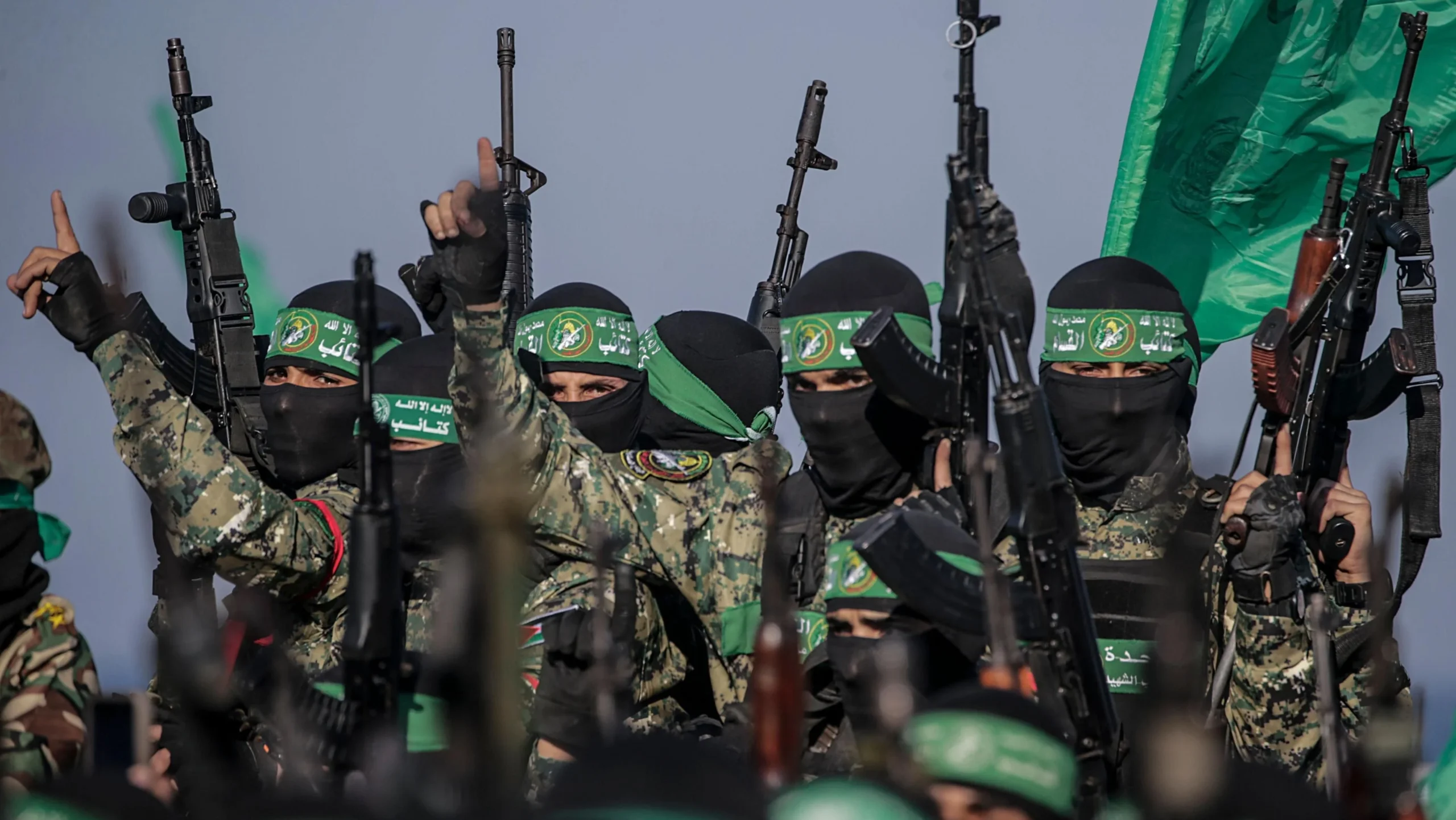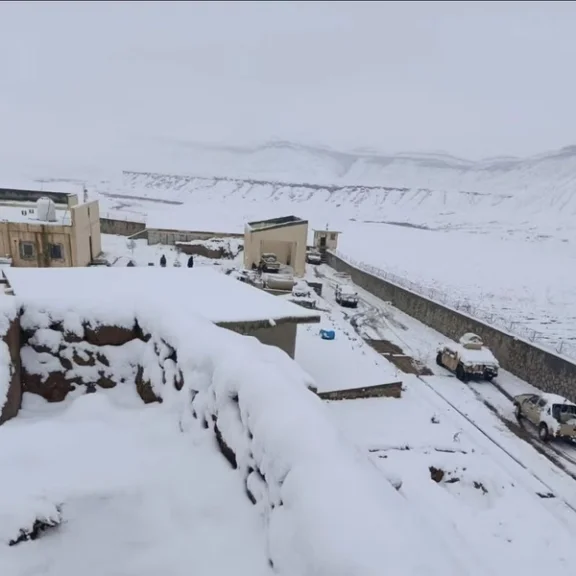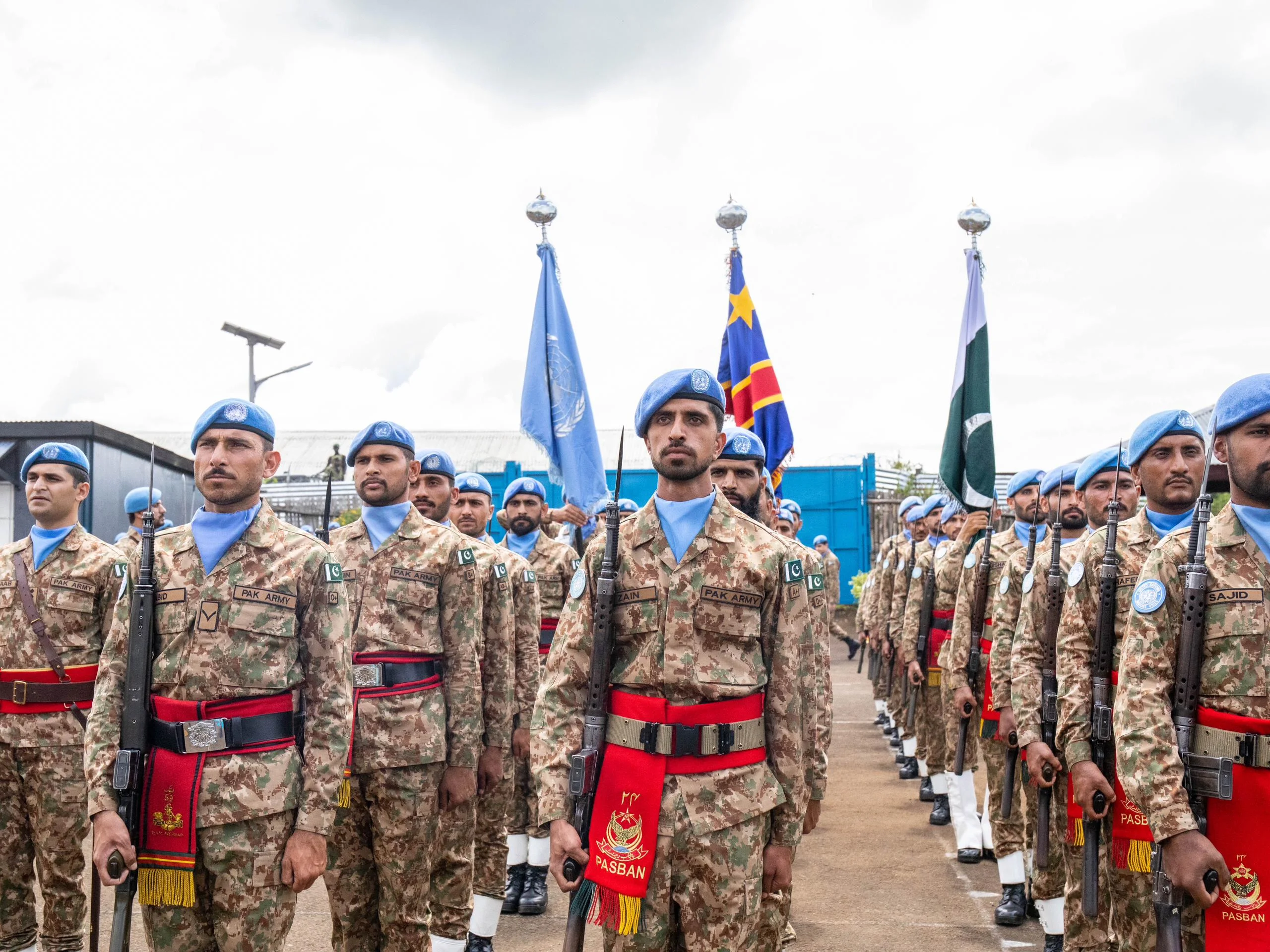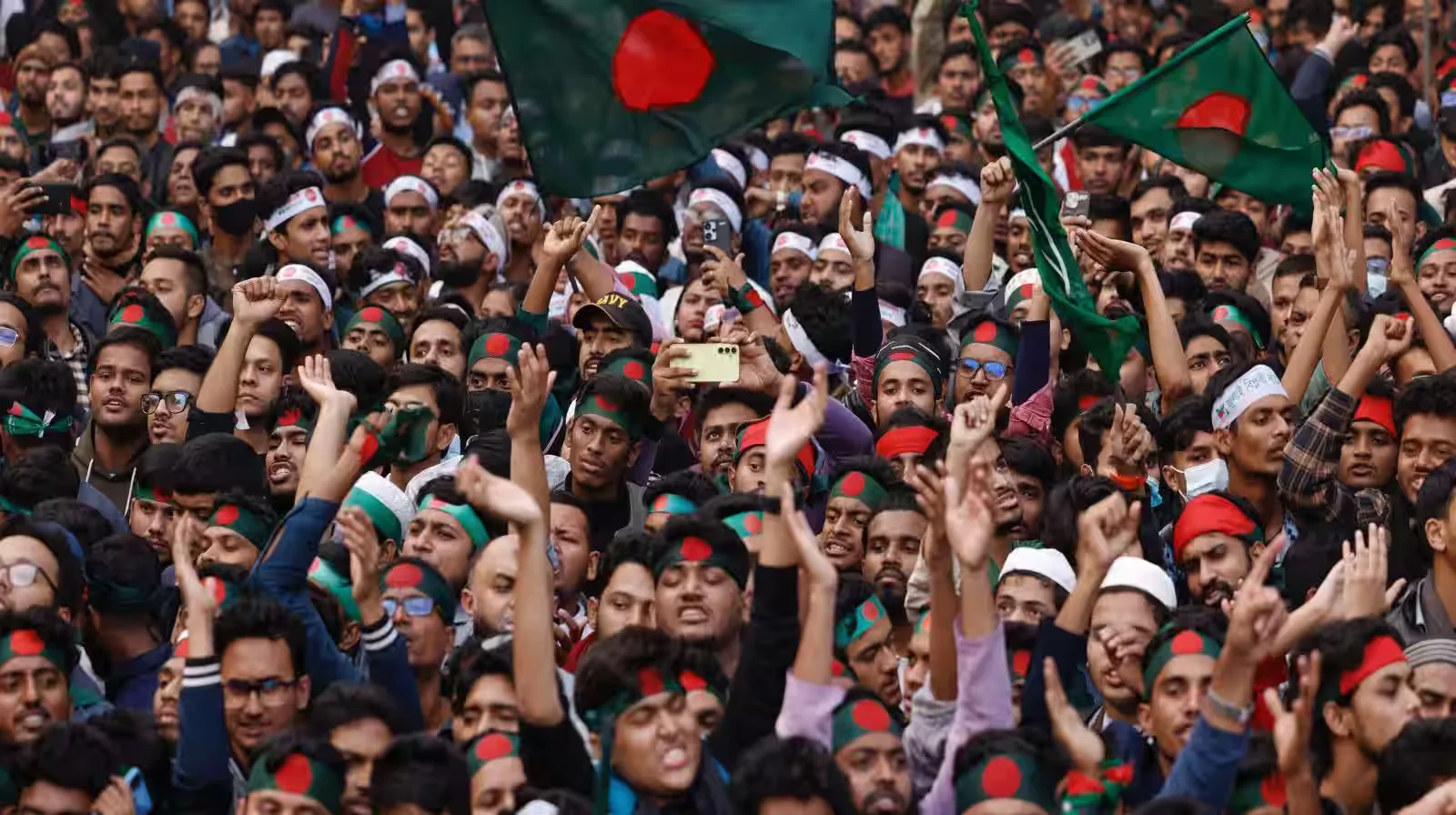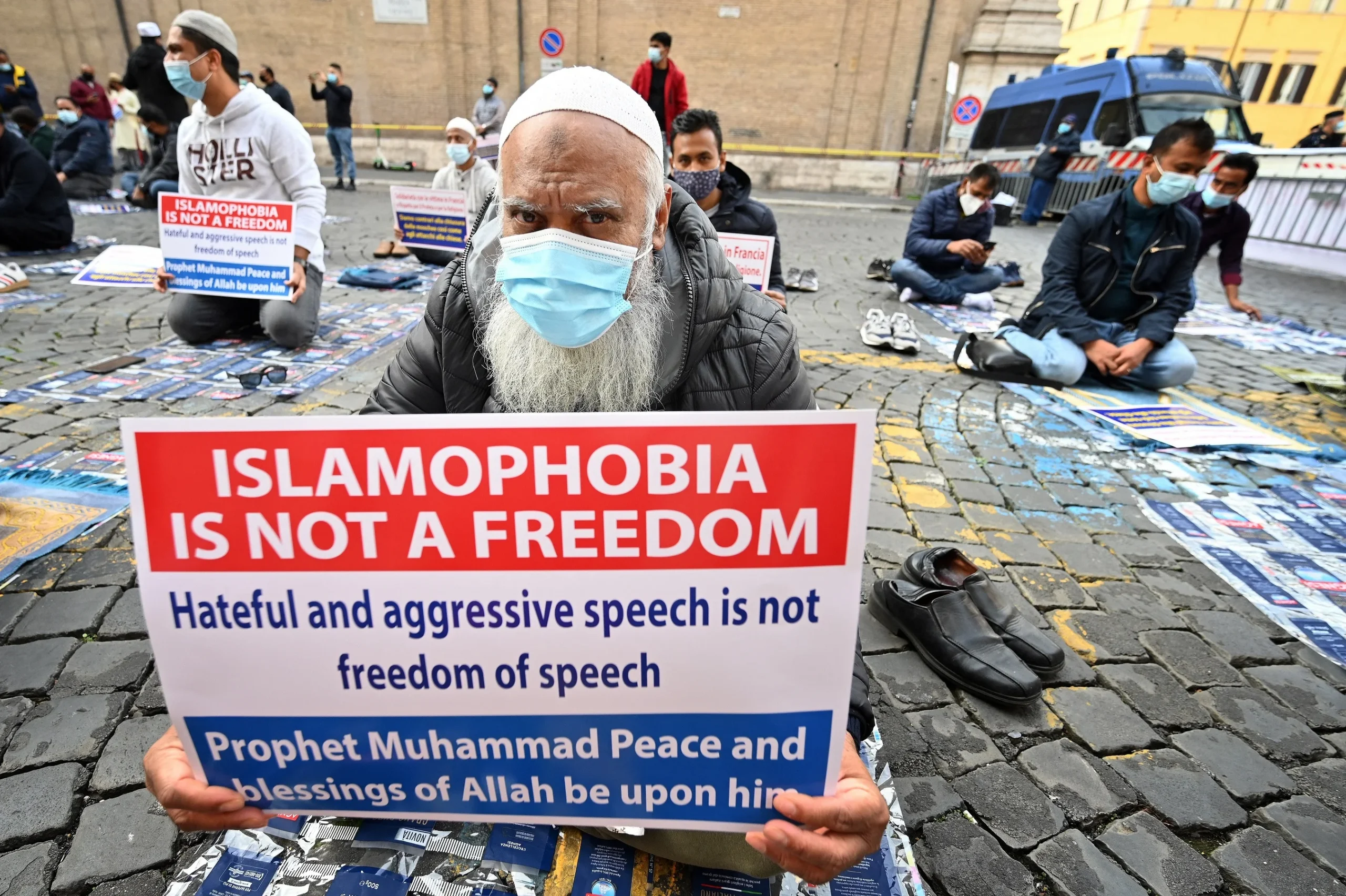The Israeli-Palestinian conflict, a landscape littered with the ghosts of failed peace plans, has a new and unexpected entrant. After nearly two years of devastating war in Gaza, a comprehensive 20-point peace plan championed by U.S. President Donald Trump has not only secured broad international backing but has also elicited a cautiously affirmative, albeit partial, response from the Islamic Resistance Movement, Hamas.
Donald Trump’s Gaza peace plan, backed by significant international and regional consensus, presents a framework for immediate de-escalation, but its journey toward lasting peace is fraught with peril. A close examination of the plan’s provisions alongside Hamas’s strategic partial acceptance, a move that reinforces its political legitimacy while reiterating consistent past demands, exposes fundamental tensions. The initiative’s success ultimately depends on overcoming critical deal-breakers such as the complete removal of Israeli soldiers from Gaza, Hamas’s disarmament, and the erosion of trust from ongoing Israeli military operations, which threaten to overshadow the potential for a sustainable resolution and leave the core question of Palestinian political sovereignty unanswered.
Trump’s Plan
The Trump plan rests on three interconnected pillars: security, governance, and economic redevelopment. Its primary objective is immediate de-escalation, proposing a framework that front-loads tangible deliverables for both sides. However, the diplomatic process behind the final text is crucial to understanding its reception. According to several reports, an initial version of the plan shared with leaders of Muslim countries was considered relatively neutral, containing points viewed as more Arab-centric. Following a pivotal meeting between President Trump and Prime Minister Netanyahu, many of these elements were reportedly altered, leading to a final proposal that was perceived by some observers as more closely aligned with Israeli security and political demands.
On the security front, the plan calls for an immediate cessation of hostilities, followed by the return of all Israeli hostages, alive and deceased, within 72 hours of Israel’s public acceptance. In exchange, Israel would release a significant number of Palestinian prisoners. Crucially, the plan demands the complete disarmament of Hamas, offering amnesty to fighters who decommission their weapons and safe passage to those who wish to leave Gaza. To oversee this transition, a US-led International Stabilization Force (ISF), with participation from Egypt and Jordan, would be deployed to maintain order as Israeli forces execute a phased withdrawal to a security perimeter presence, an ambiguous term that leaves room for an enduring Israeli footprint.
The governance model is designed to completely sideline Hamas. In its place, a temporary, technocratic Palestinian committee would manage the day-to-day administration of Gaza. This body would be supervised by an international Board of Peace, chaired by Donald Trump himself, which would control the vast sums required for reconstruction. The plan envisages that a reformed Palestinian Authority (PA) could eventually take control, but only after completing an extensive and undefined reform program.
Economically, the proposal is ambitious, envisioning a Trump economic development plan to rebuild and energize Gaza that would transform the devastated strip into a hub of prosperity, drawing comparisons to the miracle cities in the Middle East. This reconstruction would be facilitated by a massive, unimpeded flow of humanitarian aid overseen by neutral international bodies. Yet, on the core political issue of Palestinian statehood, the plan is conspicuously vague, offering only a conditional credible pathway that is contingent on the success of all other preceding steps.
Hamas’s Calculated Response
Perhaps the most surprising development has been Hamas’s partial acceptance of the framework. In a statement, the group agreed to release all hostages under the proposed terms and expressed readiness to enter immediate negotiations. This move, can be interpreted through several strategic lenses. It serves to relieve immense international and internal pressure driven by Gaza’s catastrophic humanitarian crisis, positioning Hamas as a party amenable to peace.
By engaging directly with a US-led initiative, Hamas is forcefully asserting its relevance and legitimacy on the world stage. This act serves to frame it as an indispensable political actor and the de facto authority in Gaza, a stark contrast to the West’s frequent comparisons of it to fringe nihilistic groups like ISIS. For Western capitals that officially designate Hamas a terrorist organization, this creates a deeply uncomfortable reality that a lasting peace seemingly cannot be achieved without engaging the very group they have sought to isolate.
However, a closer look reveals a consistency in Hamas’s position. The core concession—releasing hostages for a ceasefire and prisoners, is not new. It mirrors the central terms of the May 2024 ceasefire proposal mediated by Egypt and Qatar, which Hamas accepted but Israel ultimately rejected before commencing its Rafah offensive. The crucial difference now is the context. The Trump plan comes with the public backing of Israel, key Arab states, and a broad international coalition, creating a powerful diplomatic momentum that was absent before. Hamas’s acceptance, therefore, is not a radical shift in its demands but a recognition of a changed geopolitical landscape.
What Can Go Wrong?
Despite the initial positive signals, the path forward is mined with potential deal-breakers that reflect the conflict’s deepest-seated tensions. The most significant divergence lies in the future of Hamas. The plan’s insistence on its complete political and military eradication runs directly counter to Hamas’s identity and source of power. The demand for total disarmament is almost certainly a non-starter in its current form. For Hamas, its arsenal is not just a tool of war but its primary leverage and guarantee against perceived Israeli aggression. A verifiable and complete surrender of this arsenal without ironclad, reciprocal guarantees is a concession it is difficult to make.
Furthermore, the process is being dangerously undermined by facts on the ground. Hamas has already issued subsequent statements condemning ongoing Israeli bombardment and civilian massacres, which it argues expose the insincerity of the Israeli government’s commitment. For any negotiation to succeed, a foundation of trust is required. Continued military operations that result in significant Palestinian casualties erode that foundation, providing ammunition for hardliners and making compromise politically toxic.
Beneath these immediate issues lie the unresolved core disputes over sovereignty and security. The plan’s vague reference to an Israeli “security perimeter presence” could easily become a pretext for a long-term buffer zone or occupation, a scenario unacceptable to Palestinians. Ultimately, the plan defers the most difficult question: Palestinian statehood. By framing it as a distant, conditional reward rather than a central principle of the negotiations, it fails to address the fundamental political aspirations that fuel the conflict.
The Geopolitical Constellation
The plan’s viability is significantly enhanced by its broad base of international and regional support. The joint endorsement by key Arab and Muslim states, including Saudi Arabia, the UAE, Pakistan, Egypt, Jordan, and Qatar—is unprecedented and signals a collective desire to contain the conflict and re-establish regional stability. For Gulf states like Saudi Arabia and the UAE, the Gaza war is a dangerous disruption to their ambitious economic diversification agendas. For Egypt and Jordan, the conflict poses a direct national security threat, raising fears of mass displacement and internal instability. Their collective backing creates a powerful incentive structure, applying diplomatic pressure on both Israel and Hamas to remain at the table. This unified Arab front, coupled with support from Europe and other global powers, also serves to legitimize the difficult compromises required.
Within Israel, the plan has exposed familiar fault lines, intensified by two years of war. While Prime Minister Benjamin Netanyahu has endorsed it, likely under significant American pressure. His political survival depends on appeasing the far-right elements of his coalition. These partners view any concession, from prisoner releases to forgoing a complete military victory, as a betrayal. This dynamic creates a precarious balancing act, where Netanyahu must weigh the immense pressure from hostage families and the pragmatic advice of his security establishment against the ideological zeal of a coalition that could collapse at any moment.
Possible Scenarios
Looking ahead, the immense challenges give rise to three broad, divergent scenarios. The best-case scenario, while optimistic, would see the current momentum translate into a durable ceasefire. The hostage exchange is completed, and the International Stabilization Force, backed by the unified Arab coalition, successfully deploys. Reconstruction, managed transparently by the Board of Peace, begins to demonstrably improve lives, which in turn lends legitimacy to the technocratic committee. This positive feedback loop gradually allows for a reformed and revitalized Palestinian Authority to eventually resume governance, creating the conditions for a genuine political track where, in the future, a sovereign Palestinian state can finally take shape.
The worst-case scenario is a swift and violent collapse. Negotiations could falter on the specifics of Hamas’s disarmament or the scope of Israel’s withdrawal, leading to a breakdown of the truce. Citing bad faith, Israel could launch an even more destructive final assault on Gaza, while Hamas, feeling betrayed, could double down on armed resistance. Such a development would shatter the fragile regional consensus, deepen the catastrophic humanitarian crisis, and leave all parties in a more desperate and violently entrenched position than before.
The most probable outcome, however, may be a scenario of muddling through. In this future, the plan’s most immediate goals, the hostage release and a cessation of major combat, are achieved, but the larger political and security questions fester. Gaza enters a protracted state of limbo, becoming a de facto international protectorate. The technocratic committee governs daily life but, lacking genuine political power or popular legitimacy, struggles to assert authority.
Hamas is not eliminated but morphs into a covert political and militant entity. Its deep ideological roots and cellular structure would enable it to survive, perhaps splintering into smaller, disjointed groups with loose coordination but a shared ideology. Even if a large-scale surrender of weapons is forced, this resilience means a new, reconstituted version of armed resistance could always rise from the ashes. Reconstruction would be slow and uneven, perpetually hampered by security incidents and political gridlock, creating a volatile frozen conflict where the root causes are never addressed.
A Dream Deferred
Ultimately, the Trump peace plan prioritizes immediate, tangible security outcomes over a comprehensive resolution of historical grievances. Its success hinges on the willingness of sworn enemies to make existential compromises under immense international pressure. Hamas’s calculated response has opened a narrow window of opportunity, but the fundamental contradictions, between disarmament and resistance, security and sovereignty, technocratic governance and political self-determination, remain as potent as ever. While this moment may represent a paradigm shift toward a security-first approach, it risks becoming another temporary fix. The conflict’s history demonstrates that unless the fundamental political questions are resolved, peace will remain elusive. A permanent end to the cycle of violence can only be achieved through a just two-state solution that guarantees a completely independent and viable Palestinian state. Without this, even if current groups are dismantled, the core grievances will ensure that armed resistance keeps rising in different forms and shapes, keeping the entire region perpetually on the brink of conflict.

